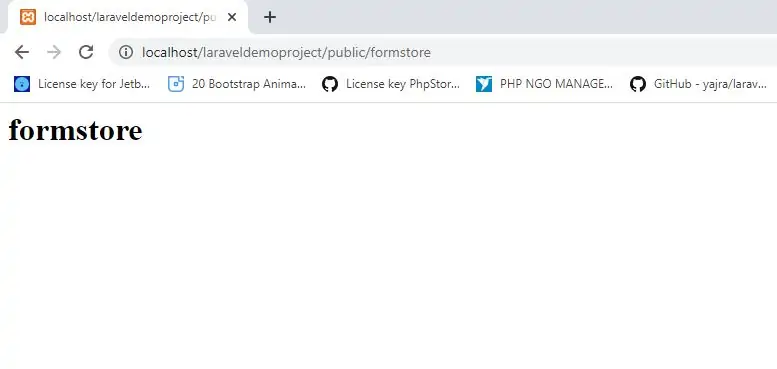
The Illuminate\Http\Request instance provides a variety of methods for examining the HTTP request for your application and extends the Symfony\Component\HttpFoundation\Request class. We will discuss a few of the most important methods below.
Retrieving The Request Path
The path method returns the request's path information. So, if the incoming request is targeted at http://domain.com/foo/bar, the path method will return foo/bar:
$uri = $request->path();
The is method allows you to verify that the incoming request path matches a given pattern. You may use the * character as a wildcard when utilizing this method:
if ($request->is('admin/*')) {
//
}
Retrieving The Request URL
To retrieve the full URL for the incoming request you may use the url or fullUrl methods. The url method will return the URL without the query string, while the fullUrl method includes the query string:
// Without Query String...
$url = $request->url();
// With Query String...
$url = $request->fullUrl();
Retrieving The Request Method
The method method will return the HTTP verb for the request. You may use the isMethod method to verify that the HTTP verb matches a given string:
$method = $request->method();
if ($request->isMethod('post')) {
//
}
For Example(1)
when you request data from a form.blade.php file you just $request->path() method in demoController so that you get from which route ur getting data
To know more about Accessing the request visit our Bajarangisoft site.
Implement code as below in demoController
<?php
namespace App\Http\Controllers;
use Illuminate\Http\Request;
use App\Http\Requests;
use App\Http\Controllers\Controller;
class demoController extends Controller
{
public function form(){
return view('form');
}
public function formstore(Request $request){
return $request->path();
}
}